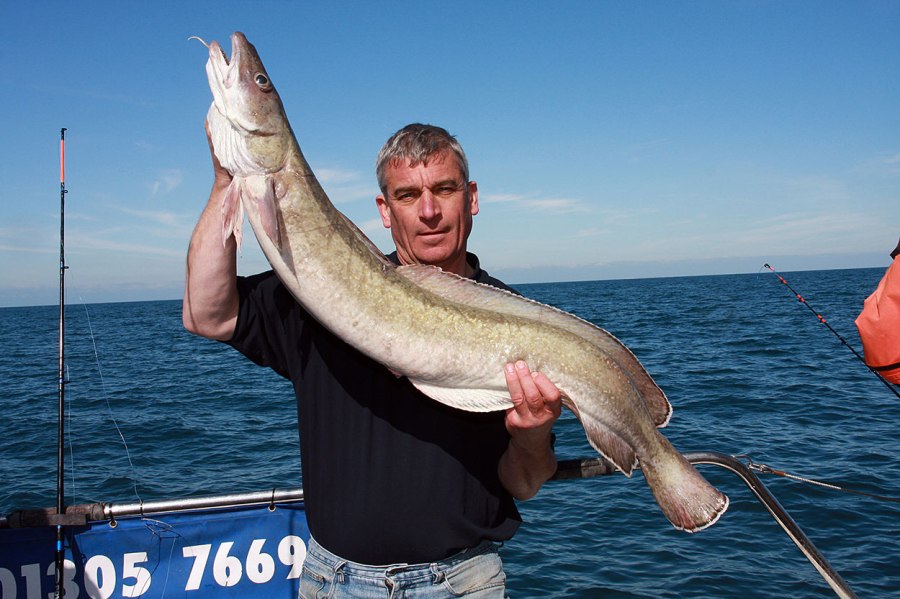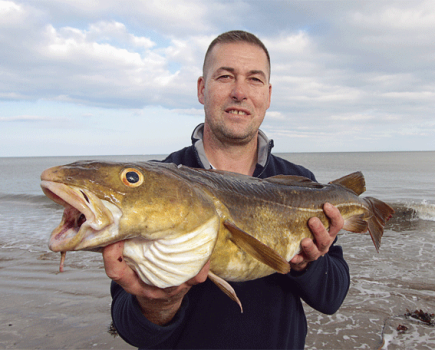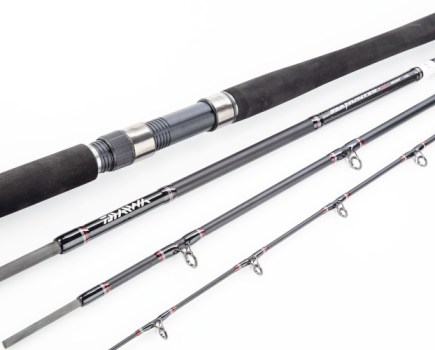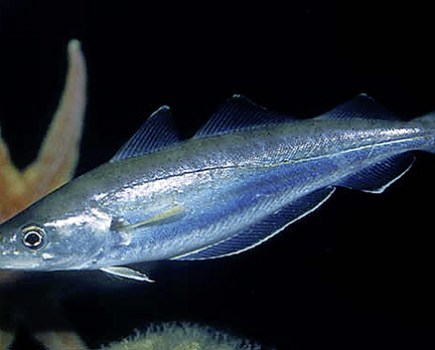This characteristic fish are most often found around the west coasts of Britain and Ireland, predominantly around Devon, Cornwall, the Irish coasts and around Scotland.
They much prefer rocky, open coastlines and thrive in water over 20m, but will move in to 10m if there is an abundance of food.
They love rocky fissures and overhangs, even wrecks. We are most likely to encounter the smaller ling when fishing as the vast majority of larger adult ling prefer to move into water between 300 and 400m deep.
IDENTIFICATION
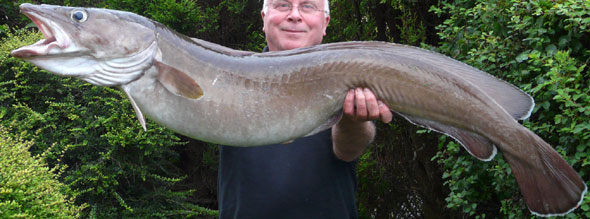
The ling is a long, slender fish that has a very distinctive barbule on its chin. It averages around 1m long, but specimens have been caught that grow to 2m and up to 25kg.
It has two very soft dorsal fins. The first is quite short, the second is much longer, spreading along the fish’s back right to its rounded tail. The first dorsal fin has a dark patch at the back, while both the second long dorsal fin and the long anal fin have white edges.
The colouration of the ling is a mottled brown/green with a lighter underside.
Younger ling are often a lighter brown with a series of irregular paler marblings.
FEEDING
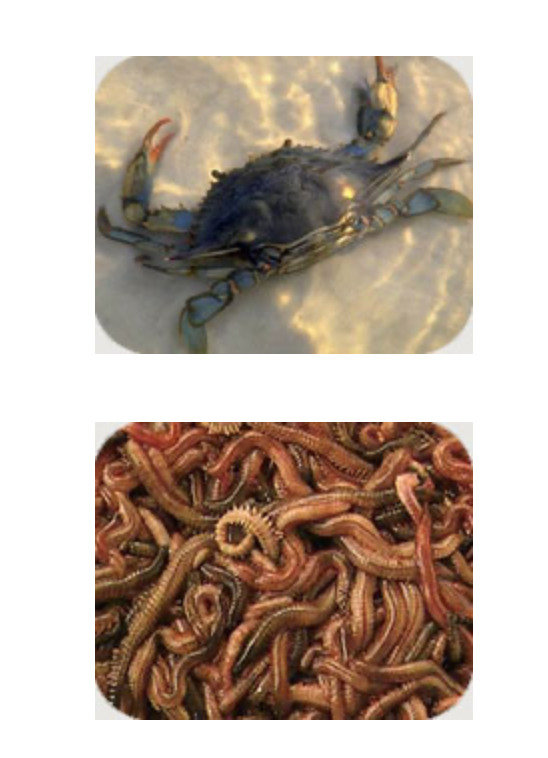 The ling’s diet comprises mainly fish – codling, whiting, gurnard and flatfish, but it will eat crustaceans and echinoderms.
The ling’s diet comprises mainly fish – codling, whiting, gurnard and flatfish, but it will eat crustaceans and echinoderms.
The best baits to catch smaller coastal ling are either crab, squid strips or worms.
BREEDING
The ling breed between March and July in water of depths between 100 and 300m. There are specific breeding grounds, one of which is off the coast of southern Iceland.
The female ling lay a tremendous amount of eggs – between 20 and 60 million. These float to the surface to hatch after 10 days. The young ling drift with the current to settle along inshore waters. They will remain inshore until they reach almost 3 years, when they will migrate into much deeper water.

